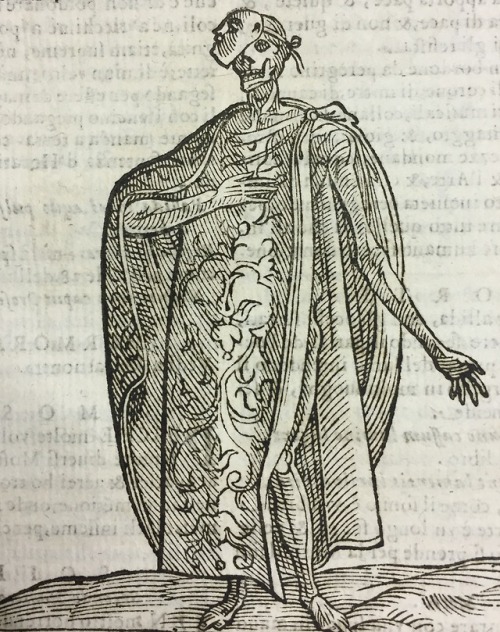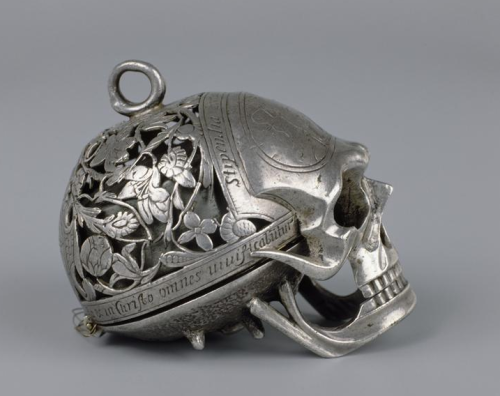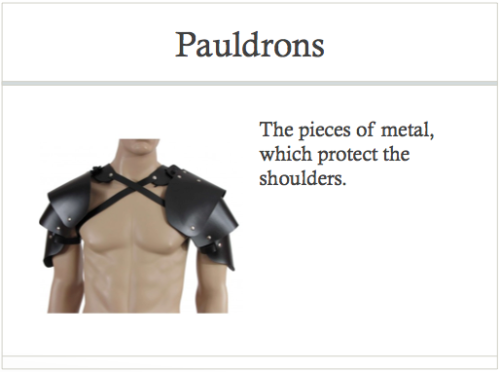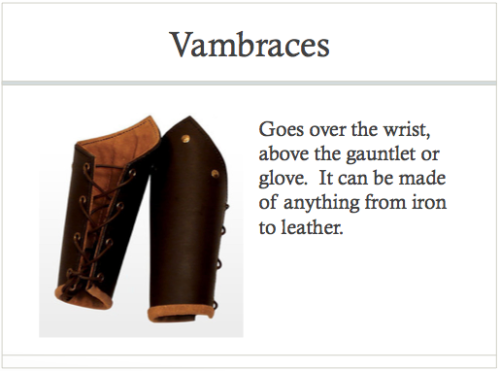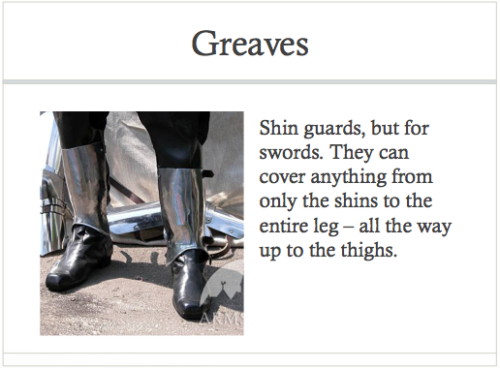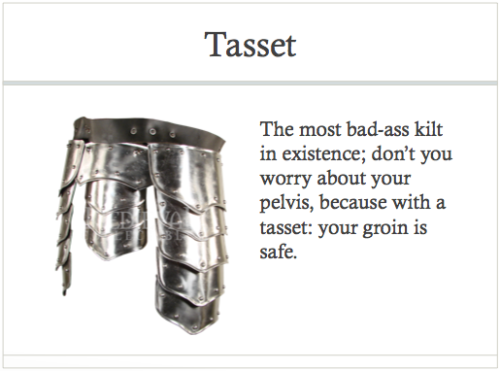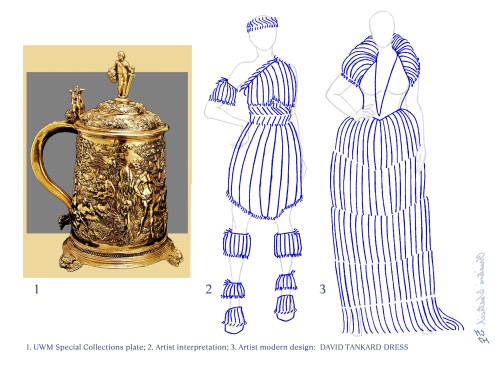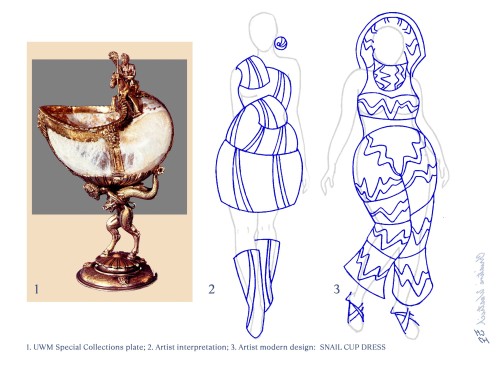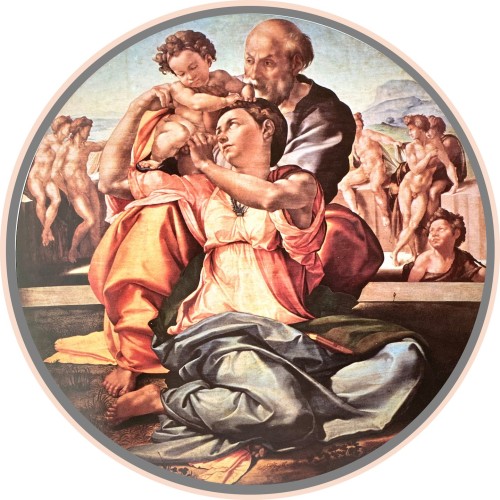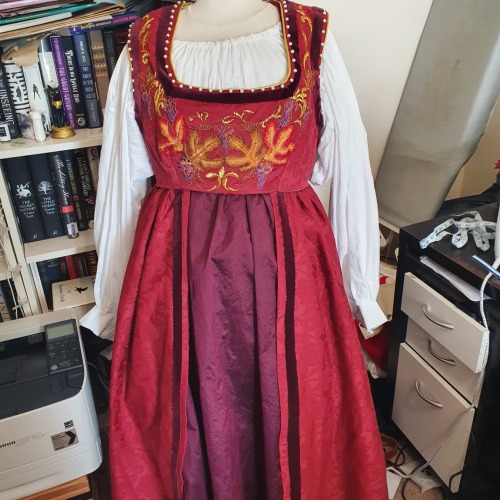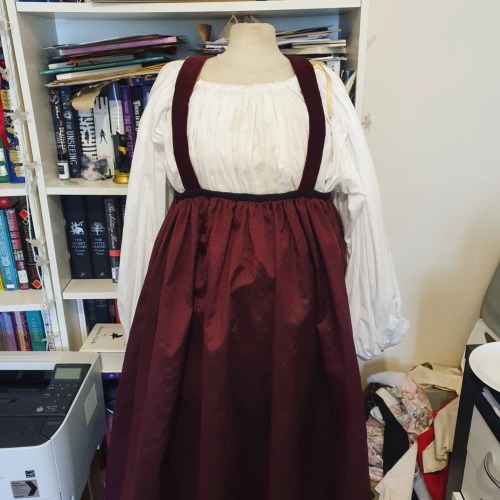#renaissance fashion
After looking through slideshows of last night’s Met Gala, I was determined to find a truly impressive outfit of the day in our special collections. But in my attempts to choose a favorite, I couldn’t decide between these three amazing hats from Wilson Library’s 1625 copy of Della novissime iconologie.
Whateveryour particular favorite Renaissance fashion look might be, it’s clear that all three of these early modern emblems are absolute style icons.
Post link
Memento Mori watch owned by Mary, Queen of Scots. 16th century. Engraved along the base of the skull is a verse from Horace: “Pale death visits with impartial foot the cottages of the poor and the castles of the rich.“
Post link
Fashion Friday: The Mannerism of Michelangelo
The Renaissance period is often synonymous with the greats of Michelangelo, Da Vinci, and young Raphael. These master painters poised “imitation” as preeminent beauty, art as poetry—ut pictura poesis—with Michelangelo arguably harnessing the peculiarities of the human spirit most adeptly in his abstract sprawl of figures, elongating their unseen beauty.
A Renaissance essay on Michelangelo by the nineteenth century art critic Walter Horatio Pater investigates the imagination of the master, calling attention to the artist’s wayward loves-at-first-sight and their contradictions with the sculptor’s mantra of la dove io t'amai prima, or,where I loved you before. Pater argues that it is precisely this paradox that comprises harmony: the delight between the sweet and the strange.
Pater repudiated his own time of the Victorian era, acclaiming the decadence of the Renaissance period as the seizing of life, or more aptly in his own words on living:
…to grasp at any exquisite passion… or any stirring of the senses, strange dyes, strange colours, and curious odours, or the work of the artist’s hands, or the face one’s friend.
It is in his words that we can embrace the unnatural grace of the late Renaissance, the period adorned with the Mannerist style of bold outlines, objects at-play with nature, and form with fantastical animal-humans. This unique style of the Renaissance is attributed to Michelangelo’s successors who desperately tried to imitate his alien elegance.
Hidden in the figures of Michelangelo are these languid features, satyrs in repose, where solemnity and “faces charged with dreams” dictate, as described by Pater. Darting poetic thoughts give us a glimpse of the bittersweet temperament of Michelangelo’s genius. He wrote of his torments in the pagan frivolities of endless quarrelling and his anger at the Gods for loving him so that he reached an age of eighty-eight years.
In all of his years, Michelangelo claimed his figures to be common, austere persons, yet his hand rendered an inherent surprise and energy that future imitators would exploit in quirky forest gods and lovely monsters.
Ergo, my first fashion plate is titled “DRAGON EWER Dress,” odd, but not as eccentric as the last two designs; perhaps you can trace the growth of the outlandish creature in each iteration.
Here is a listing of sources from the UWM Special Collections which I have augmented with digital color and outline to emphasize particular details of my inspiration:
1) A watercolor drawing by (or after) Wenzel Jamnitzer, circa 1575 in the Virtuoso Goldsmiths and the Triumph of Mannerism, published by Rizzoli International in 1976.
2-4) My interpretation and contemporary design of the DRAGON EWER Dress, SNAIL CUP Dress and DAVID TANKARD Dress based on Renaissance period vessels between 1540 to 1590 as published in the Virtuoso Goldsmiths and the Triumph of Mannerism, published by Rizzoli International, in 1976.
5, 6) French Renaissance plates of frieze borders in Rouen prayer books from 1508; and painted enamel work of Limoges under Italian faience between 1520 and 1540 as published in theDas polychrome Ornament: Hundert Tafeln, by P. Neff in 1880.
7) Walter Pater included an image of Michelangelo’s The Holy Family, or, Doni Madonna, at the Uffizi in Florence, Italy in his aethesticism manifesto, The Renaissance: Studies in Art and Poetry, published by the Limited Editions Club, Stamperia Valdonega in 1976.
8) Costume of the early sixteenth century often in velvets (red is common) and embellished with fewels, gold, lace, fur and feathers as illustrated by Belle Northrup in A Short Description of Historic Fashion published by the Teachers College at in 1925.
9) An 1592 engraving by Joseph Boillot titled Et Levrs Antipatie (possible translation Antipathy Lips) as publishedThe Renaissance in France: Illustrated Books from the Department of Printing and Graphic Arts, by the Houghton Library, Harvard University in 1995.
10) A drawing or possible woodcut of indentured lions as published in Thomas Wood Stevens’Book of Words: A Pageant of the Italian Renaissance, published by the Alderbrink Press at the Art Institute Chicago in 1909 for the Antiquarian Society.
Viewmy other posts on historical fashion research in Special Collections.
View more Fashion posts.
—Christine Westrich, MFA Graduate Student in Intermedia Arts
Post link
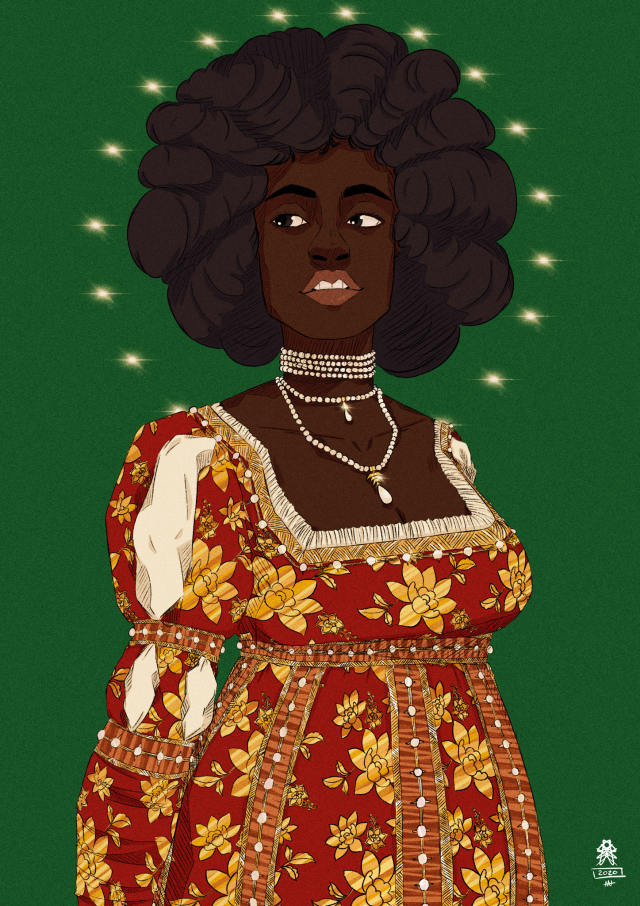
I’ve been working on this one for a while now (because of the amount of detail), but it’s finally finished!
The pose was made with the help of a Pinterest photo, by the way.
Eclaireurs by mairithetree
First watercolor illustration of 2022 <3 I hope you’ll enjoy the new paintings I’m planning to do, folks <3 This time, I took the concept of the fire witch from last year and modified it a bit :3 Here she’s teaming up with another member of the mercenaries’ squad she belongs to. The armors and costumes are inspired by Italian Renaissance fashion.
Post link
“The crimson Pisa dress” in all its glory.
It’s a dress from ca. 1560, discovered in a monastery in Pisa, where it was probably used to dress a statue of the Virgin Mary. To enable taking it on and off the bodice back had been removed and the skirt much remodeled. It has since been restored twice. The “Moda a Firenze” photos shows it after the first restorations, with longer proportions and missing the bodice back. This photo, one I took in 2008, shows it after the second restoration, with the long train back in place and a substitute bodice back added. It’s a stunner! The velvet is deep red, and the trims couched to create more surface.
The tailoring of this dress is basically identical to Eleonora di Toledo’s funeral dress, which has lead some to conclude it was made by the same tailor, and once worn by either Eleonora herself, or one of her ladies-in-waiting. “Moda a Firenze” suggests the latter, as it cannot be matched to the Medici inventory lists. It is however known the ladies-in-waiting wore crimson dresses made by Eleonora’s tailor in a triumphal entry to Siena in 1561.
The dress is today in the care of the Palazzo Reale in Pisa, along with two other late 16th/early 17th century dresses from the same monastery.
https://www.instagram.com/p/BYsxfamnsJm/
Post link
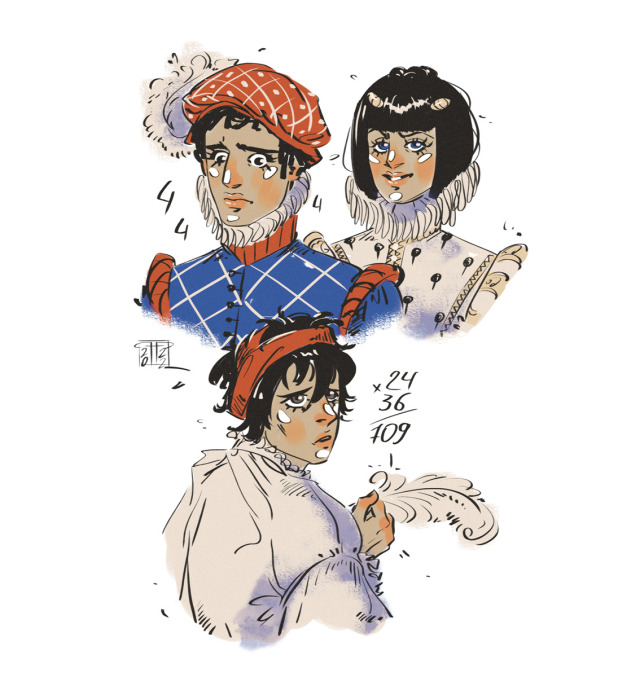
Everyone has their own quirks
Vento Aureo • 1600 AU (JJBA)

Leone Abbacchio × Bruno Buccellati
Vento Aureo • 1600 AU (JJBA)

Vento Aureo • 1600 AU (JJBA)
Bruno Buccellati

Vento Aureo • 1600 AU (JJBA)
Trish Una


Vento Aureo • 1600 AU (JJBA)
Leone Abbacchio × Bruno Buccellati
So hard to stop drawing them!

Happy Valentine’s day
Vento Aureo • 1600 AU (JJBA)
Bruno Buccellati | me
Trish Una | Rouge
Photo by EVA
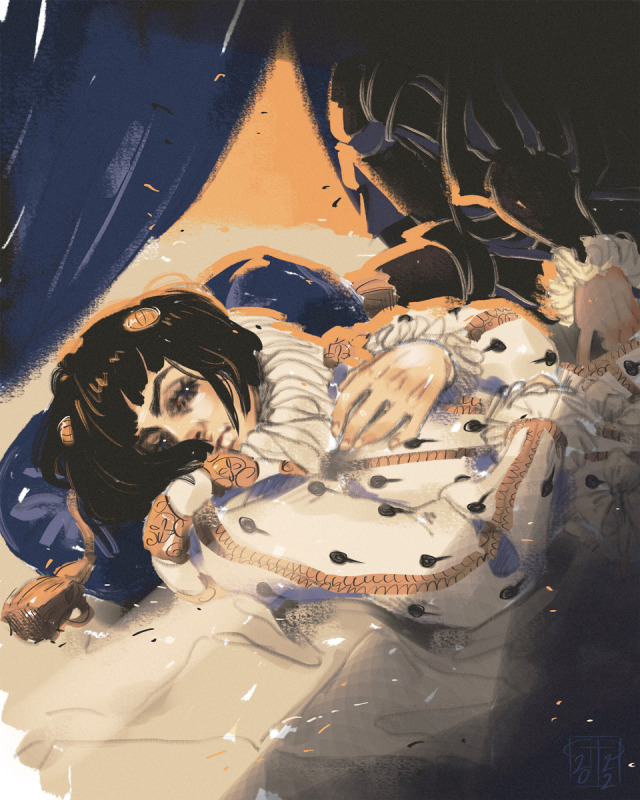
Vento Aureo • 1600 AU (JJBA)
Bruno Buccellati × Leone Abbacchio
#februabba fanart challenge
Day 4 // Ill
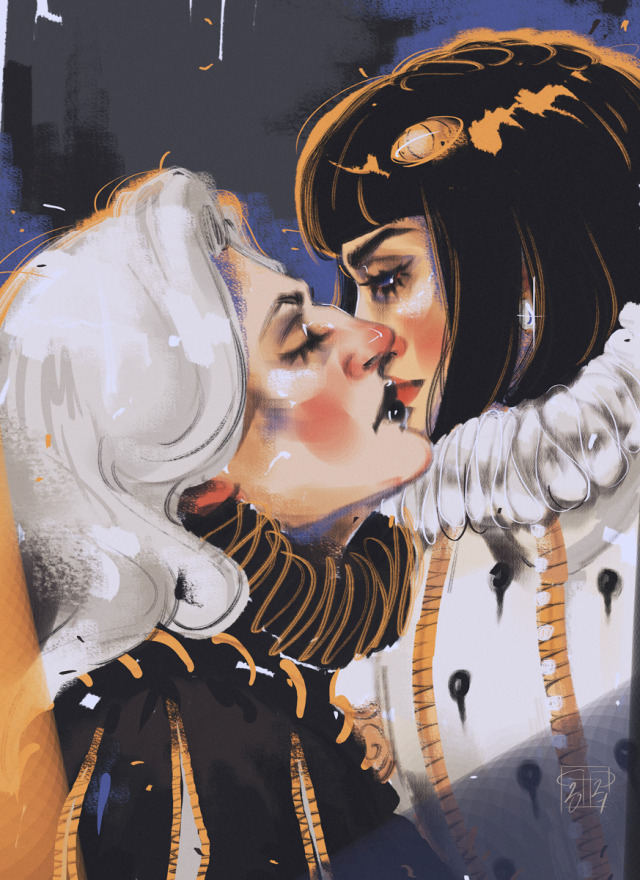
Well … one more picture, for which I will be ashamed later, haha.
I’m not sure if I will participate in #februabba fanart challenge entirely but I think any means are good to get out of the artblock.
Vento Aureo • 1600 AU (JJBA)
Day 3 // Kiss

Vento Aureo • 1600 AU Circus (JJBA)
My year begins with participation in Cirque du Passione Zine, which was announced for release this spring. It’s a pity it’s impossible to use all the artworks I have created on the wave of inspiration for this project, but the illustrations and thumbnails that haven’t been included can be shown right now!
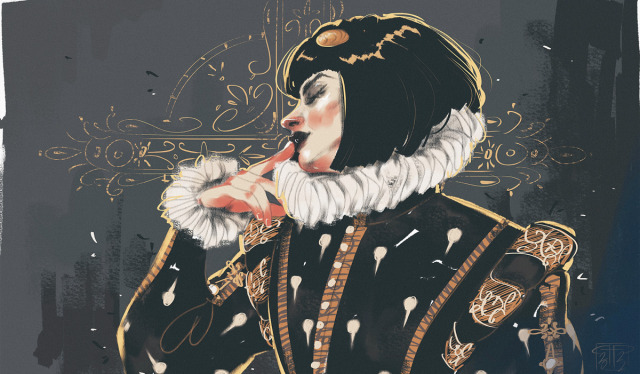
I missed World Goth Day again.

Vento Aureo • 1600 AU (JJBA)
Melone & Ghiaccio

Vento Aureo • 1600 AU (JJBA)
My little contribution to the #bruabbaweek2022 art challenge. Gotta show it somewhere.

Leone Abbacchio × Bruno Buccellati
Vento Aureo • 1600 AU (JJBA)
(Reference: painting by Ron Hicks)

He’s having an existential crisis. Do not judge.
Vento Aureo • 1600 AU (JJBA)

Vento Aureo • 1600 AU
Giorno Giovanna × Bruno Buccellati [redraw]


It’s hard for me to fight the apathy, but now it’s time to get ready for the new festival season. There is hope that the situation with covid will allow us to return to the normal life.
I’ve made a lightweight ruff for summer events. It will not be so hot in it, because it shackle the neck less.


